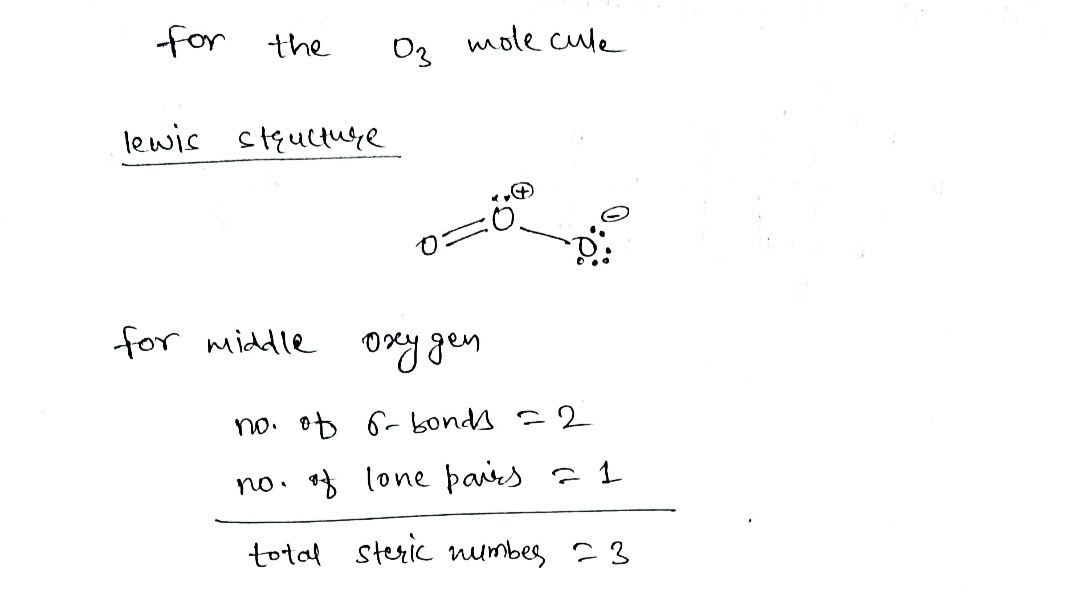(e) Give the molecular geometry around the middle O in 03. (f) What is the hybridization of the middle O in 0:1 14. Draw the line structure of the following compounds? a) (CH3)3CCH₂CH₂NHCH3 15. a. Draw two constitutional isomers with the formula C₂HsBrCl Isomer 1 16. For the molecule below, b) CH3CHO b. Describe ALL the intermolecular forces isomer 1 can participate in OH Isomer 2 3 (a) Circle all functional groups present. (b) Label two of the functional groups next to where you circled them
Formal Charges
Formal charges have an important role in organic chemistry since this concept helps us to know whether an atom in a molecule is neutral/bears a positive or negative charge. Even if some molecules are neutral, the atoms within that molecule need not be neutral atoms.
Polarity Of Water
In simple chemical terms, polarity refers to the separation of charges in a chemical species leading into formation of two polar ends which are positively charged end and negatively charged end. Polarity in any molecule occurs due to the differences in the electronegativities of the bonded atoms. Water, as we all know has two hydrogen atoms bonded to an oxygen atom. As oxygen is more electronegative than hydrogen thus, there exists polarity in the bonds which is why water is known as a polar solvent.
Valence Bond Theory Vbt
Valence bond theory (VBT) in simple terms explains how individual atomic orbitals with an unpaired electron each, come close to each other and overlap to form a molecular orbital giving a covalent bond. It gives a quantum mechanical approach to the formation of covalent bonds with the help of wavefunctions using attractive and repulsive energies when two atoms are brought from infinity to their internuclear distance.

According to the bartleby guidelines I can solve only first three questions. so I am solving only (e),(f) and (a) (b) of question 14 .if you want solution of rest part please repost and mention the question number which solution do you need.

Step by step
Solved in 3 steps with 3 images









